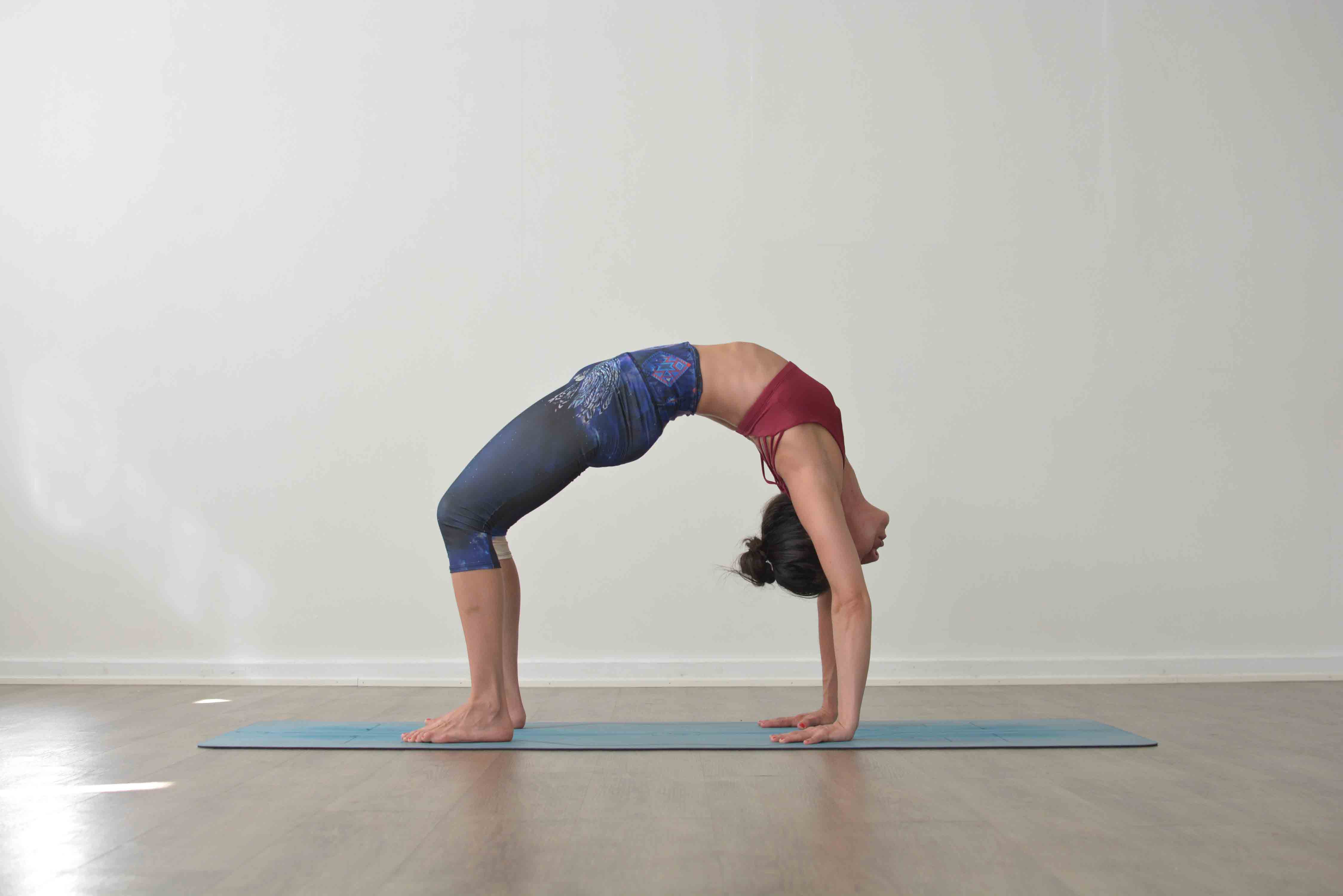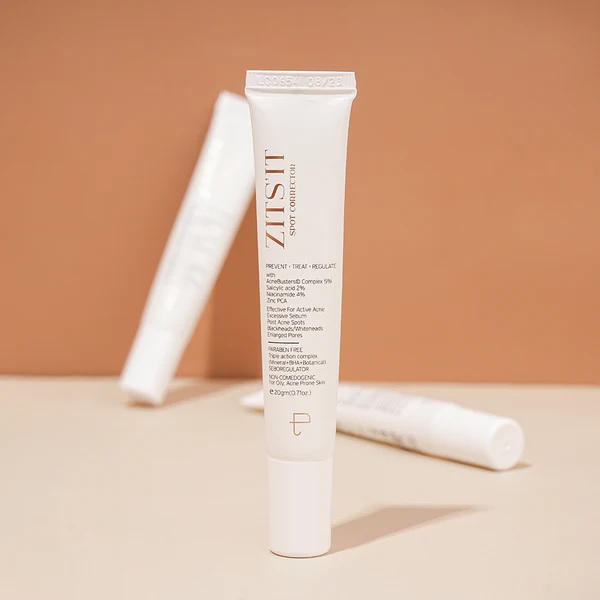The full-body pose known as Wheel Pose (Urdhva Dhanurasana) calls for flexibility and strength in the arms, legs, core, and spine. Although the backbend may appear straightforward to observers on the outside, performing it is more difficult due to the involvement of several different muscle groups and the requirement for flexibility. It's advisable from the experts of yoga in castle hill to practise positions that target the proper muscles and increase flexibility before attempting the pose, despite the temptation to go right into it. Some of the best yoga poses a practitioner can do to prepare for Wheel Pose include the ones listed below -
Plank Pose
Wheel requires a lot of core and arm power, and Plank Pose (Palakasana) will help wake up those muscles and get you ready for the pose. This is a very common pose and is taught in yoga classes for kids as well. Your legs and the muscles surrounding your spine will also become more active, which is also crucial for holding a powerful Wheel. Set up on your hands and knees at a tabletop. Your palms should be firmly planted on the mat, and your wrists should be piled beneath your shoulders. You should be in a straight line from your head to your heels by stepping your legs back, tucking your toes, and keeping your eyes between your hands.
Make sure your hips are not protruding excessively high or too low by paying attention to them. Keep your shoulders above your wrists and concentrate on pressing with your thumb and index finger. Keep your body in a straight line as you raise your thighs toward the ceiling and force your tailbone toward your heels.
Lower back down to your knees to release after holding for 30 to 60 seconds (or longer if you're attempting to gain endurance).
Chair Pose
Utkatasana, commonly known as the chair pose, is a potent posture that lengthens the spine, strengthens the legs, and increases stamina. Start by standing with your feet together and in a straight line. For added support, they can be hip-width apart or touching. Reach your arms up above your head, palms facing each other, while you inhale. Bend your knees as you exhale, trying to make them as parallel to the ground as you can. Drive your hips backward and towards the floor as you do this. Your torso ought to be tilting slightly forward.
Downward Dog
You can maintain your safety while executing wheel pose by completing a full-body stretch and strengthener called a downward dog (Adho Mukha Svanasana). It strengthens your legs and shoulders while also stretching out your hands and hamstrings. Starting from a tabletop position, get down on your knees and your hands. As you exhale, contract your abdominal muscles, point your toes upward, and lift your knees off the floor as you go toward straight legs. Keep your head moving and your eyes on the space between your legs.
Low Lunge with Quad Stretch
Your thighs, glutes, and knees—all essential components of wheel pose—are strengthened and stretched during low lunges (Anjaneyasana), which are a terrific exercise. Your front thighs, which must be stretched deeply for a successful wheel, benefit from the addition of a quad stretch. Step your right foot forward between your palms as you come out of downward dog. Untuck your left toes so that the top of your foot is on the floor and lower your left knee to the floor. If the stretch is sufficiently intense, you might decide to remain in this position. On an inhalation, you can raise your arms above your head and hold that position for atleast 30 seconds.
Warrior I with Chest Expansion
The hip flexors and quadriceps are further stretched and lengthened in Warrior I (Virabhadrasana I). The addition of a chest expansion opens and stretches the shoulders and chest while also preparing you for the upper backbend portion of Wheel. Bring your left foot back behind you on the ground while still standing, bending the toes slightly to the left so they form a diagonal. Lift your arms above your head as you inhale. Bring your arms behind your back and clasp them together as you exhale.
Dolphin Pose
The dolphin pose, or Ardha Pincha Mayurasana, is excellent for building shoulder, core, and back strength. From the plank position, squat down onto your forearms while clasping your hands. Allow your hips to rise as you start to advance your feet in small movements toward your arms. Eventually, you should form an upside-down "V." Keep your neck engaged, your head centred between your upper arms, and your sight directed back toward your feet. Spend about 30 seconds in this position, continuing to breathe deeply.
Sphinx Pose
In Sphinx Pose (Salamba Bhujangasana), the spine is strengthened while the shoulders and chest are opened by the slight backbend. Start on your stomach with your legs behind you at hip-width distance. With your forearms parallel to one another, lower your elbows until they are below your shoulders. Start raising your chest as you inhale. Hold this position for 30 seconds. Release your chest, shoulders, and then head as you slowly drift back down.
Camel Pose
The muscles used in wheel posture and camel pose (Ustrasana) are quite similar. Similar to wheel, it depends on the power of your core and upper body but uses slightly less low-body muscles. It aids in strengthening the spine while also stretching the entire front of the body. Start by bending your knees so they are hip-width apart and leaving your toes exposed. Keep your core tight and your spine long as you lift up into your heart and slowly arch your back.
Bow Pose
The spine and shoulders can be stretched in Bow Pose (Dhanurasana). With the grounding point on the stomach rather than the hands and feet, the position targets many of the same muscles as Wheel. The shift to full wheel will be made simpler by regular practise. Focus on maintaining your feet and ankles in contact and your shoulders away from your ears while you hold this pose for 20 to 30 seconds.
Bridge Pose
As it helps to open up the chest and shoulders while strengthening the legs, Bridge Pose (Setu Bandhasana) is frequently performed before Wheel Pose. Keep your glutes soft but your core engaged as you start to pull your hips up to form a diagonal line from your head to your knees. Roll your shoulders away from your ears while maintaining a relaxed neck. For 30 to 60 seconds, maintain the position.





